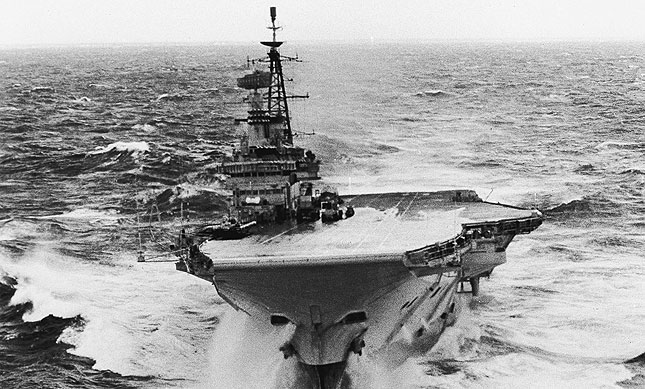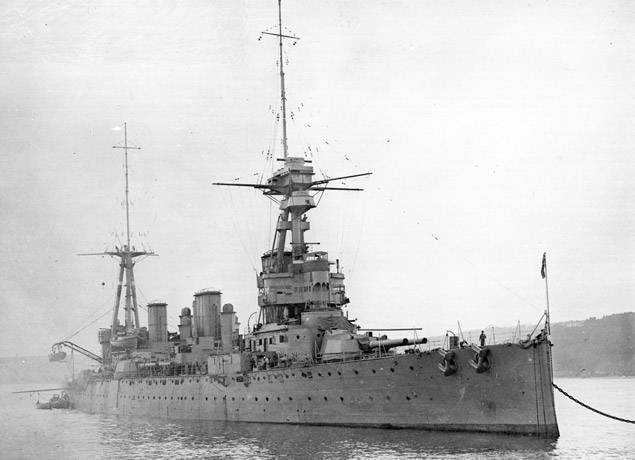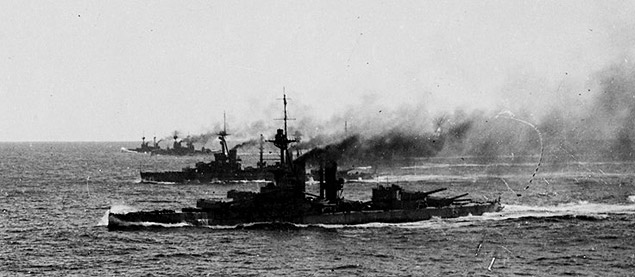Keeping watch off a burning shore
WARSHIPS IFR Editor Iain Ballantyne reflects on a previous life as a newspaper reporter that several times saw him going aboard Invincible Class carriers on operations in some of the world’s hotspots.
Bosnia burned as HMS Ark Royal loitered off the Balkans, taking her turn in providing the ultimate failsafe for British UN soldiers on a difficult mission to keep the peace between warring factions ashore.
Should the troops be attacked and find themselves in need of Combat Air Support (CAS), she was ready with her strike jets and if the call came for a speedy withdrawal from the conflict her helicopters would assist with the rescue.
Yet, when a Sea Harrier from Ark Royal was shot down over Gorazde in spring 1994, at a time of fierce fighting between Serbs and Bosnian Muslim forces, there was a real sense of shock and astonishment. Lieutenant Nick Richardson’s Sea Harrier went down in flames, during a brave low-level bombing run against a Serb tank. No British naval jet had been lost in combat since the Falklands War, more than a decade earlier.
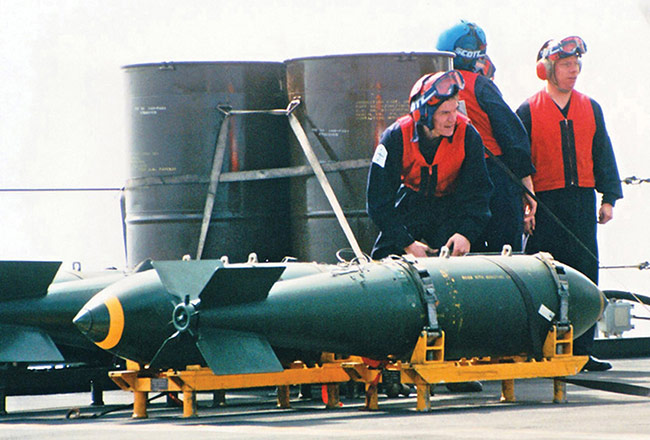
Armourers aboard Ark Royal wait for the signal to bring forward bombs to be loaded aboard Sea Harriers about to launch on missions over the Balkans in late April 1994. Photo: Iain Ballantyne.
Prior to that event, media interest in the Royal Navy’s carriers off the Balkans – Ark Royal shared the role with Invincible – was at a low ebb. Suddenly, everybody wanted to be aboard the British naval flagship in the Adriatic. Fortunately I was already on my way there and flew aboard as preparations were being made to pluck Lt Richardson from the battlefield. Having managed to eject and scramble to Bosnian Muslim positions, the intrepid Fleet Air Arm pilot was now in the temporary safe keeping of an SAS team. Soon we saw Lt Richardson returned to the Ark, welcomed home with great joy.
This was just another episode in a long-term commitment of British strike carrier power off the Balkans. Back in the early 1990s the UK’s government still regarded the Royal Navy as the first line of defence, understanding that the ability to deploy a Carrier Strike Group (CSG) to the Adriatic was a powerful gesture of commitment to stopping the slaughter ashore from getting any worse.
The loss of a Sea Harrier was evidence that the Royal Navy’s mission was one in which there might be risks but the effect of the British, and other nations’, naval presence off the Balkans was not always immediately apparent. Aside from providing a backstop for UK and other UN ground forces, the idea was to deprive the Serbs, and other factions, of the fuel and arms they needed for their respective ethnic cleansing campaigns. How much worse would it all have been without the presence of Ark Royal and other British and allied warships, such as Invincible (which I also visited in the Adriatic) exerting pressure via a trade embargo off the Balkans?
It must be remembered that this was an era, in the immediate aftermath of both the Cold War ending and the coalition campaign to eject Iraqi troops from Kuwait, when even the loss of a single British soldier posed considerable political risk for the UK Govt. Britain was not accustomed, as it became by the mid-to-late 2000s, to seeing its young servicemen and women regularly coming home in coffins to RAF Brize Norton.
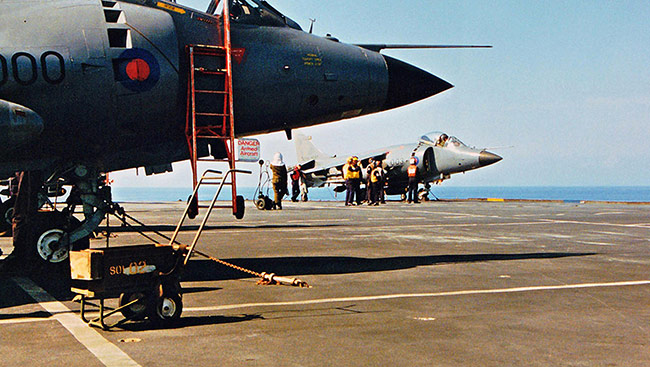
Bombed-up Sea Harriers waiting for their next mission over the Balkans as HMS Ark Royal cruises in the Adriatic, April 1994. One of the Ark’s Sea Harrier jets had just been shot down over Gorazde, Bosnia. Photo: Iain Ballantyne
In the 1990s nobody wanted to get bogged down in a shooting war in the Balkans that might cost hundreds of British lives to no appreciable impact on the end result, which would ultimately have to be a negotiated settlement. The fact that John Major’s administration was prepared to deploy naval task groups to the Adriatic, on constant rotation from 1992 until 1995, showed a much more thorough grasp of their worth than UK Govts showed thereafter.
Ark’s aircraft and the RN’s warships were put in harm’s way to some effect, subtle though it may have been for the most part. It was therefore strange to hear Prime Minister David Cameron declare Ark and her sisters of limited use – despite ample operational evidence to the contrary – when he set out the logic of the Strategic Defence and Security Review (SDSR) in late 2010. For arguably, setting the 1982 Falklands War to one side, among the greatest hours of the Royal Navy’s Invincible Class carriers were surely their post-Cold War operations.
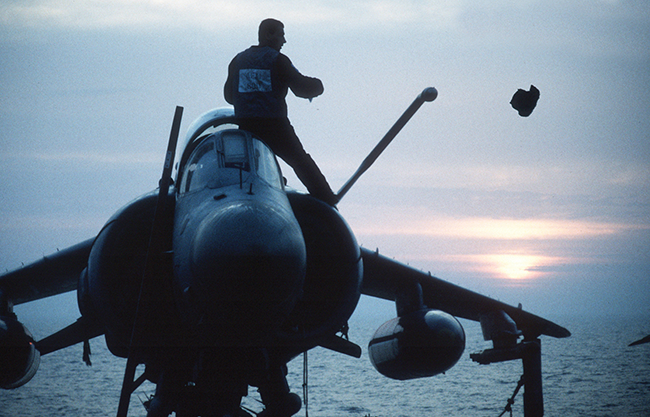
An aircraft maintainer, helping to prepare a Sea Harrier FA2 for an early morning Combat Air Patrol over Southern Iraq, throws a rag to a colleague who is cleaning the cockpit of another jet. Photo: Iain Ballantyne.
Their ability to project power was enhanced by repeated refits, to enable them to embark both Sea Harrier fighters and RAF ground-attack Harriers, as well as provide a more effective amphibious assault platform. From Invincible’s launching of Sea Harriers on Combat Air Patrol over southern Iraq – which I also witnessed, in the late 1990s – to the Ark’s final moment of combat glory sending ashore Royal Marines to kick down the door into Iraq for the coalition invasion in 2003, their continuing relevance was obvious.

In 2003 HMS Ark Royal receives an enthusiastic welcome at Portsmouth on her return from service in the Iraq War. Nine years earlier one of her Sea Harriers was down over the Balkans during a bombing mission. Photo: Jonathan Eastland/AJAX.
Yet this was not so for David Cameron and whoever advised him to get rid of the Ark Royal and her Harriers. It was an error of epic proportions, compounded by discarding four valuable frigates and making redundant 5,000 highly-trained men and women from the Naval Service. It showed sea blindness in political circles that was deeply disturbing. It blew apart carefully devised plans to ensure there was no UK strike carrier capability during the period of transformation from the Invincibles to the new Queen Elizabeth Class vessels.
The 2015 SDSR did not repair the damage and has left the Royal Navy struggling to meet the challenges of introducing into service super-carriers with no Invincible Class to maintain active UK carrier strike capability.
The two new carriers – about three times the size of the Invincibles – will be commissioned into the front line fleet in the next few years, so the die has been cast and Britain must now make the best of them. This includes creating the accompanying task groups that can protect them and support the power projection mission.
It has taken almost two decades to get the first of the Royal Navy’s new super-carriers to sea, for the requirement was first stated in the 1998 Strategic Defence Review (SDSR). The historic first sailing finally took place at the end of June 2017 and the 65,000 tonnes HMS Queen Elizabeth – reportedly nicknamed ‘Big Betty’ by her ship’s company – has conducted sea trials. Queen Elizabeth’s maiden arrival at Portsmouth in August was a spectacular and historic event, yet another milestone in British naval history.
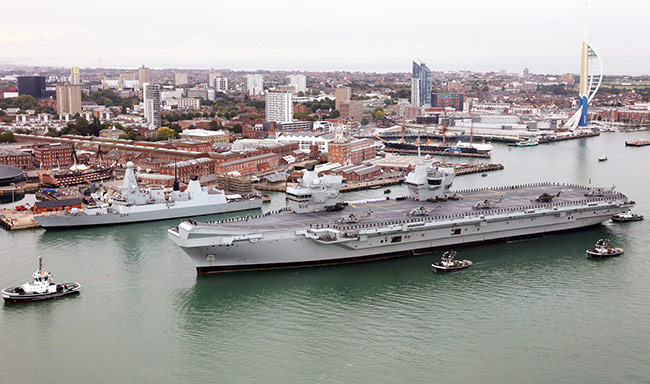
Queen Elizabeth makes her maiden entry to Portsmouth in August 2017. Photo: Royal Navy.
The future HMS Prince of Wales is not far behind. With an anticipated lifespan of 50 years these massive and deeply impressive vessels will be flagships of a fleet with an outstanding reputation for fighting and winning stretching back centuries.
It is now time for Britain to capitalise on the huge investment and potential offered by the new carriers to not only project power around the world but also help to shape events at sea, on land and in the air for the good of mankind.
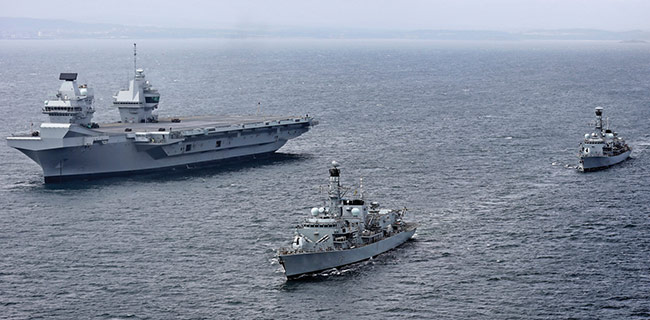
HMS Queen Elizabeth begins her sea trials in the North Sea. Photo: Royal Navy.
There remain problems, however, with the state of the Royal Navy as a whole, which has been badly damaged by the continual process of defence cuts, especially since 2004. It is time to rebuild the British fleet, not least in swiftly boosting frigate and destroyer numbers. The RN must field strike carriers while simultaneously meeting all the many other commitments it is tasked with to defend Britain, its interests and people at home and abroad.
- This is an edited and extended version of an article featured in the WARSHIPS IFR Guide to the RN 2017/18, using some additional text published in the August 2017 edition of WARSHIPS IFR.
Buy the Guide to the Royal Navy 2017/18 direct from Tandy Media publishing or visit local branches W.H. Smith and other high street newsagents. Click here for list of stockists.
WARSHIPS International Fleet Review
Guide to the Royal Navy 2017/18
£6.50, soft cover
64 pages (A4 format)
Full colour throughout
Web site:
www.warshipsifr.com
Twitter:
@WarshipsIFR
Facebook:
facebook.com/WarshipsIFR/
